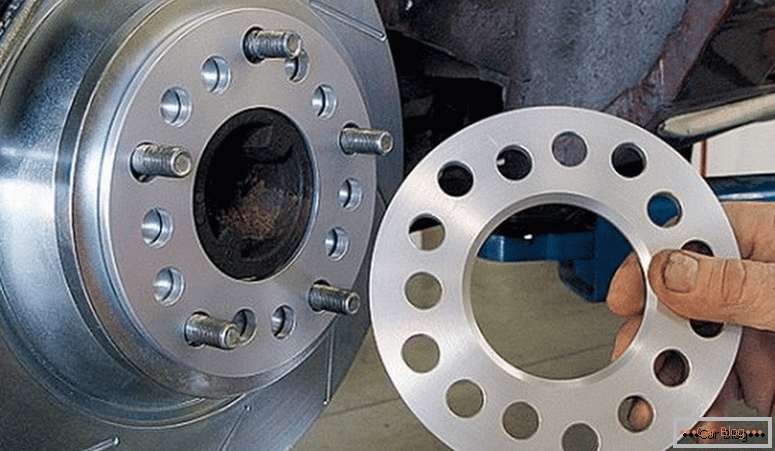During the operation of the vehicle engine oil gradually loses its original properties. Therefore, the driver should think about how to properly perform the selection of oil on the brand of car. The frequency of such a procedure is set by transport companies.
In addition to reducing their chemical characteristics, during operation there is contamination by mechanical particles. It also reduces the quality of the lubricating fluid.
Content
- 1 Why it is necessary to observe the frequency of replacement
- 2 Types of motor oils
- 3 Individual features of selection
- 4 Application of engine oil labeling
- 5 Coordination with motor type
- 6 Manufacturer's recommendations
- 7 Oil mismatch
Why it is necessary to observe the frequency of replacement
Timed replacement extends the life of the power plant, and also reduces fuel consumption. In a new lubricating fluid in sufficient quantities to contain chemical additives that reduce the coefficient of friction between the mating surfaces. In this way reduced load on the motor and there is no power take-off in this direction.
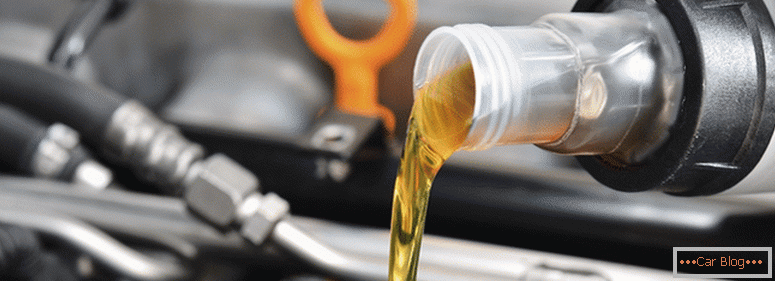
Engine oil change
Contaminated fluid cannot effectively remove small particles from the cooling zone, and the temperature drop from friction processes is not so effective. Additionally, bore holes can become clogged, which will result in poor circulation in the lubrication system.
Long work with metal surfaces and air contributes to the oxidation of the lubricating fluid. Due to these factors, it is required to carry out a replacement not only after the set mileage, but also after the expiration of the guaranteed service life specified by the manufacturer.
Types of motor oils
All modern oil is made from hydrocarbons. The most common base is oil and natural gas. Three types of motor oils are made from such components:
- synthetic;
- semi-synthetic;
- mineral.
One of the first in industrial production hit mineral oil. Its production was established along with oil refining. Today it is one of the cheapest types of lubricants for cars. Synthetic type is made from lighter hydrocarbons. Most often used for this gas. Semisynthetics - is a mixture of the two previous types.
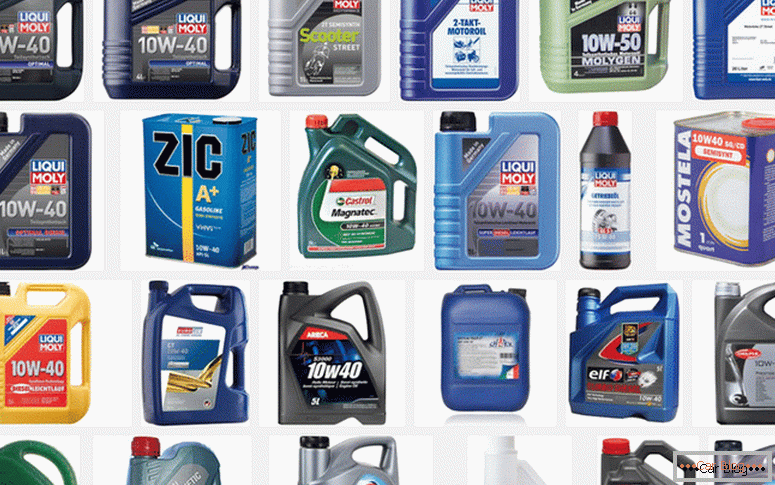
Types of semi-synthetic oils
When making the selection of engine oil for the brand of car, you need to be guided by its main characteristic - viscosity. Mineral is characterized by a higher viscosity index. Because of its structure, it behaves heavier during start. To get him into working mode and get the necessary properties, you need to spend some time to warm up the motor.
Synthetic grease has a lower viscosity coefficient, therefore with it fast start is possible. This fluid quickly reaches all the lubrication points. However, a permanent cold start for the motor is undesirable and may adversely affect the power plant.
The best option is semi-synthetics. Its characteristics include positive ingredients from two other types of lubricants. The viscosity coefficient allows the use of such a liquid in different seasons and under different temperature conditions.

Internet search
In addition to the hydrocarbon base in the oil manufacturers add a large number of different additives. These chemical additives correct the behavior of the fluid under extreme conditions, for example, when the temperature rises sharply, the oil does not foam. Also, additives fight carbon and metal particles that appear as a result of friction, and reduce the rate of corrosive processes inside the case.
See also: How to replace the piston rings in the engineIndividual features of selection
The choice of oil is not limited to the selection of the type of fluid. It is necessary to consider the characteristics of the vehicle consuming such a product. The same brand of car with different degrees of engine production or slightly different power plants require different lubricating fluids. Also, manufacturers in the instructions indicate the preferred characteristics.
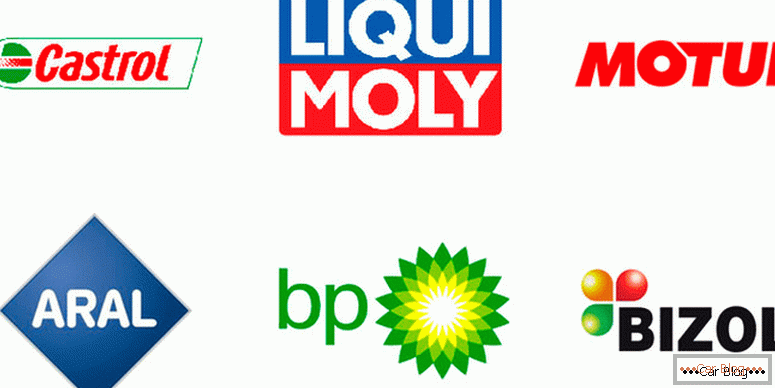
Brands of popular motor oil manufacturers
Making a choice based on the power and speed of the engine, you need to lean towards synthetic fluids. This is more true for high-speed small car. They are not endowed with a large number of "horsepower." The gaps in the design of such a motor are minimized, and the best option for this design would be a "synthetic" with low viscosity.
High-power motors prefer "mineral water", as well as "semi-synthetics." The gaps of this technique are larger, therefore, only synthetics will not give the desired film thickness for effective lubrication of all components and mating parts. Also, moving too quickly through the channels will result in unwanted cooling of some parts. Also, more powerful torque will quickly break the small molecules of light hydrocarbons that make up this type of lubricant, and they will lose their properties.
An unpleasant bonus in the inappropriate use of synthetic oils is their high volatility.
The gaps in the piston groups pass a portion of the highly heated exhaust gases into the sump, where they interact with the "synthetics", helping it to evaporate. It is necessary to regularly monitor the level of lubricating fluid and constantly add it.
When operating the car to a greater extent in urban environments, a semi-synthetic fluid will ensure the normal operation of a powerful engine. It favorably manifests its advantages with frequent switching modes from the forced "gas" to small and vice versa. In this case, it is necessary to select average viscosity.
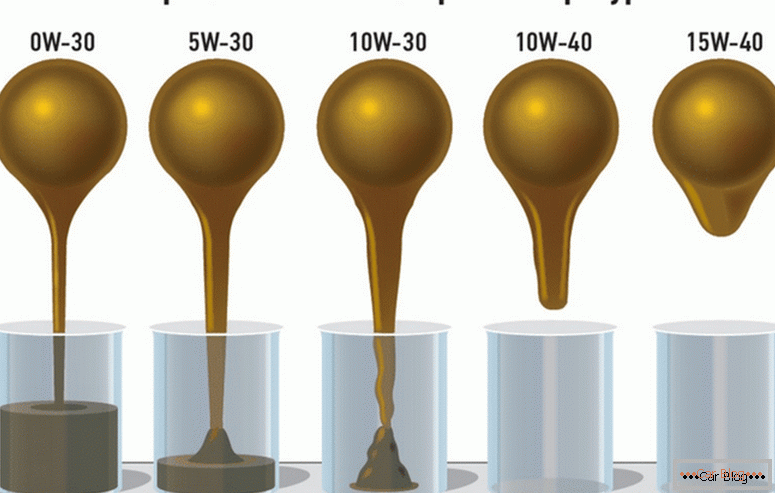
Viscosity depending on the brand
Such ratios apply to low mileage engines. However, in subcompacts that have a solid track record, synthetics will no longer meet all the requirements of the engine. Production over time will increase the gaps, and weakly viscous oil will have to be regularly refilled. The exhalation will be the transition to "semi-synthetics." The rule of transition to this type of oil is valid for all cars, the resource of which is located near the threshold of overhaul, despite the level of turnover of power plants.
Application of engine oil labeling
Motor oil can be divided into three types: winter, summer and all-season. It uses the SAE scale for labeling liquids. The classification was developed in the USA, but it became generally accepted for other countries. Summer and winter brands of oil are in the designation of only one digit. The difference between them is the availability of "W" (winter English - winter) in winter varieties. All-season types of oils are also included in the designation "W", but supplemented with a second number. Examples:
- SAE 5 W - winter oil;
- SAE 30 - summer oil;
- SAE 15W 40 - multigrade oil.
In summer oil, the index varies between 20-60 and indicates the degree of viscosity of the oil at the operating temperature of the engine. A higher value corresponds to an increase in turnover. For winter varieties, a second index has been added, showing the degree of viscosity at low temperatures. The smaller this index, the easier the engine starts in a big frost.

Oil Seasonality Scale
Among domestic drivers, all-season oil is more popular, as it is more profitable to pick up engine oil by car brand for various weather conditions.
The first index describes the operating conditions for the power plant at low temperatures. The higher it is, the more viscous the oil will be. The second value, indicated after “W”, informs about the degree of fluidity at maximum positive temperatures.
You can figure out the temperature limits for universal lubrication yourself. To do this, subtract from the right number of the left and the numbers from the package. It turns out that for SAE 5W40 the minimum allowed is -30WITH.
You can not mindlessly choose the oil with all the maximum parameters for the average car.
The recommended SAE 0W80 lubricant for sports cars will in no way give a positive effect for unsuitable sports cars, for example, domestic VAZ. It will just ruin the engine, just like any other foreign non-sports sedan or hatchback.
Coordination with motor type
Manufacturers produce oil for gasoline and diesel power plants. Although there are universal tools on the market, but if it is possible, it is advisable to choose a tool for a specific type of motor.
Oil marking for engine type is after API. For gasoline engines put "S", And for diesel units type"C". These recommendations are more stringent for trucks or minibuses. Passenger cars are often guided by marking. S/Cdenoting fluid versatility.
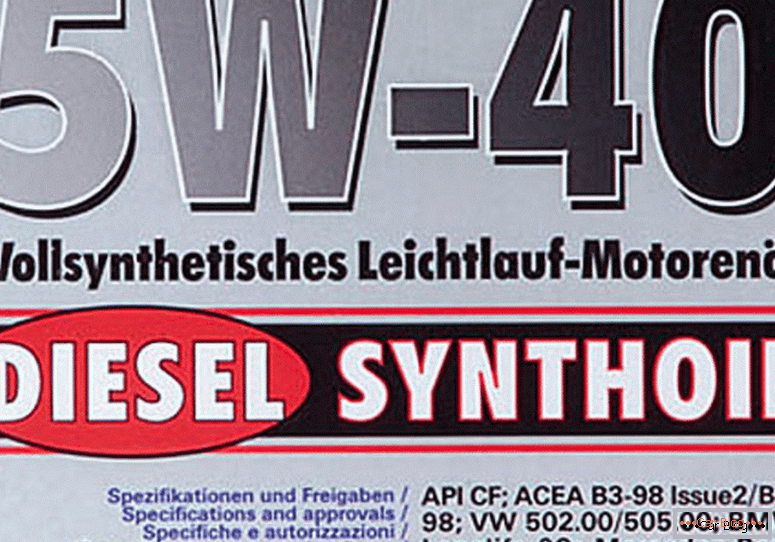
Synthetic Engine Oil Marking
Separately, there is oil for engines with gas installations. In the designation they have a CNG / LPG. Features of such power plants are associated with the negative effect of gas condensate on the engine. Neutralize its effect can marked with such marking oil, which includes compensating additives.
Manufacturer's recommendations
Car companies that are trying to remotely extend the life of their products are not advised to deviate from the parameters recommended for their brands. Often the use of "non-proprietary" fluids leads to rapid wear of the piston group or various seals, cuffs, and glands.
This is especially true of more expensive and "capricious" models. There are official websites of companies where you can find information with recommendations. Toll-free code 8 (800) phones are also often provided for consultation.
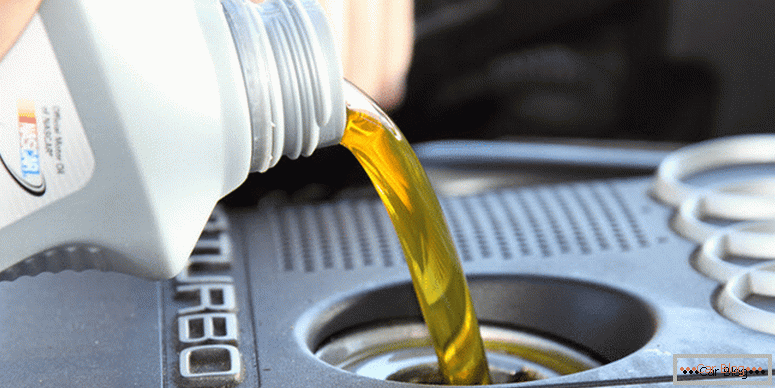
Oil change as recommended by the manufacturer
On the packages with oil, you can also find a label with the recommendation of automakers. For example, the “VW” badge will fit Volkswagen cars, including Skoda and Seat.
Oil mismatch
Sometimes, unrecorded factors relating to wear or engine production in closed areas may affect the performance of the oil. Then you need to replace the fluid, additional diagnostics and troubleshooting.
The obvious signs of a non-conformity of the oil after its replacement can be increased fuel consumption, unstable engine operation, a constant decrease in the oil level, and the regular presence of thick smoke from the exhaust pipe.



